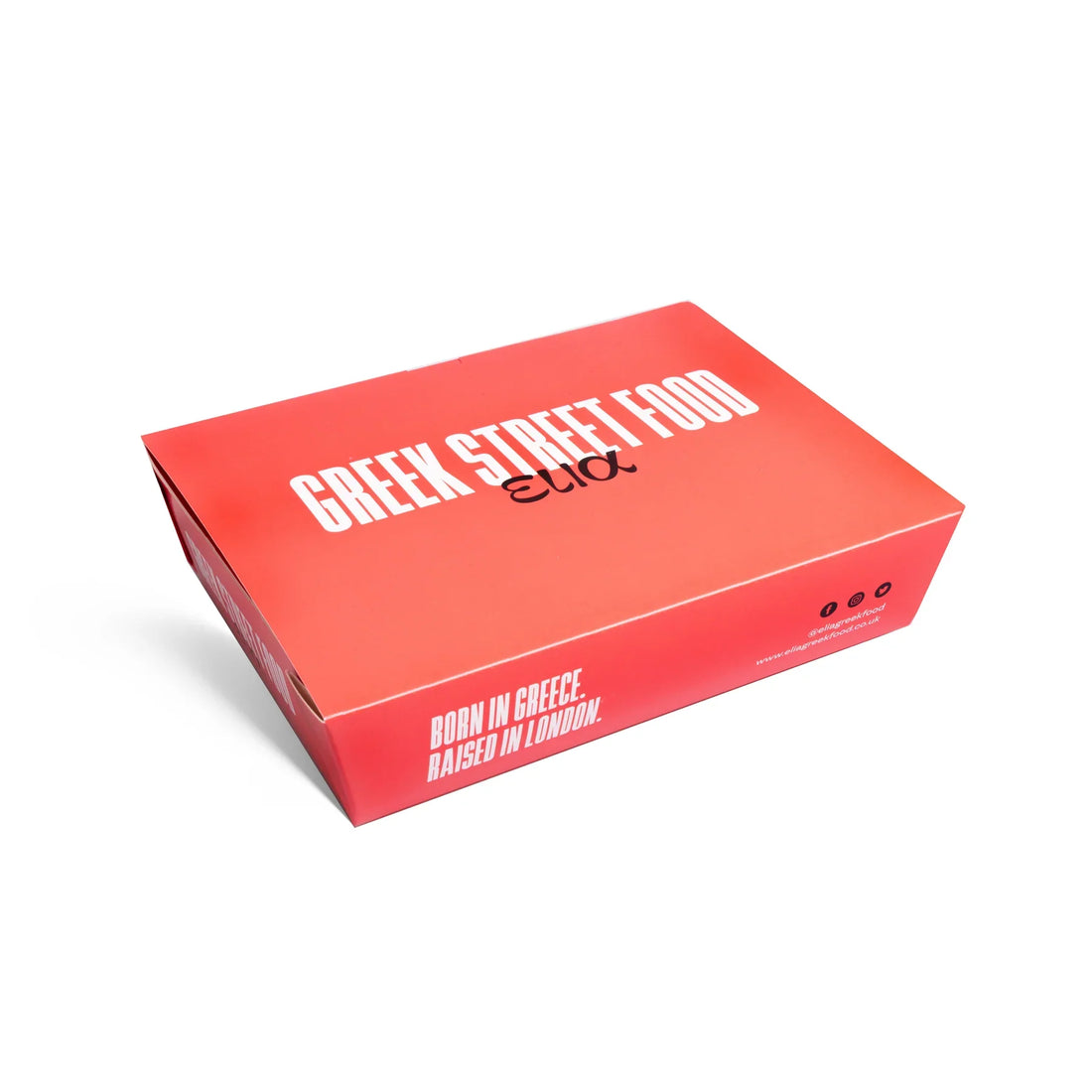
Things to Consider When Choosing Food Boxes
When it comes to food packaging, selecting the right food boxes is of paramount importance. Food boxes play a crucial role in preserving the freshness and quality of the products they contain, ensuring they reach consumers in optimal condition. However, choosing the right food boxes goes beyond aesthetics; it involves a careful consideration of various factors to meet both practical and aesthetic needs. In this article, we will explore the essential factors to consider when choosing food boxes.
1. Material Selection
One of the primary considerations when choosing food boxes is the material. Different materials offer various benefits and drawbacks, and your choice should align with the type of food you are packaging. Common materials for food boxes include:
- Cardboard: Cardboard food boxes are a popular choice for dry and lightweight food items. They are cost-effective, customizable, and recyclable. However, they may not be suitable for foods that require moisture or temperature control.
- Plastic: Plastic food boxes are versatile and offer excellent visibility of the contents. They are suitable for a wide range of food products, but not all plastics are created equal. Ensure that the plastic used is food-safe and meets the required regulations.
- Paperboard: Paperboard food boxes are eco-friendly and often used for takeaway containers and packaging for bakery items. They are less durable than cardboard but offer a natural and rustic appearance.
- Metal: Metal food boxes are ideal for canned goods and items that require long-term preservation. They provide an excellent barrier against external factors but can be costly.
- Glass: Glass food containers are excellent for preserving taste and freshness. However, they are fragile and may not be suitable for all types of food.
Select the material that best suits your food's characteristics and storage requirements.
2. Size and Shape
The size and shape of your food boxes are critical considerations. Your packaging should fit the food snugly to minimize excess air, which can lead to spoilage. Consider the portion size and packaging convenience for your customers. For example, if you're packaging individual servings of a dessert, a small, single-portion box is ideal. On the other hand, bulk items may require larger, stackable boxes.
3. Food Safety and Regulations
Ensure that your chosen food boxes comply with food safety regulations and standards. Food-contact materials must meet specific requirements to prevent contamination. Check if the material is FDA-approved, and if you are shipping internationally, be aware of international regulations that may apply.
4. Durability and Protection
Consider the durability of the food boxes, especially if your products will be exposed to various environmental factors during transportation and storage. Sturdy packaging can prevent damage and maintain product integrity. Additionally, if your food requires protection from light, air, or moisture, select packaging that provides appropriate barriers.
5. Eco-Friendliness
With the growing emphasis on sustainability, eco-friendly packaging options are gaining popularity. Many consumers prefer products that are packaged in recyclable, biodegradable, or compostable materials. Choosing eco-friendly food boxes can enhance your brand's image and reduce its environmental footprint.
6. Customization and Branding
Your food boxes are a canvas for branding and marketing. Consider customization options such as printing your logo, product information, and eye-catching designs. Well-branded packaging not only enhances product visibility but also helps build brand recognition and loyalty.
7. Cost and Budget
Balancing quality and cost is essential. While it's tempting to opt for the cheapest packaging, compromising on quality can lead to product damage and customer dissatisfaction. Analyze your budget and select food boxes that offer the best value for your investment.
8. Transportation and Storage
Think about how your food boxes will be transported and stored. Stackability and ease of handling are crucial if you have limited storage space. Consider packaging that can withstand temperature fluctuations during shipping, especially for frozen or refrigerated goods.
9. Accessibility and Convenience
Consider the ease with which customers can open and reseal the packaging. Convenient features such as tear-away tabs, resealable zippers, and easy-to-open lids can enhance the user experience and contribute to customer satisfaction.
10. Shelf Appeal
Lastly, the visual appeal of your food boxes can significantly influence purchasing decisions. Attractive packaging with clear product images and descriptions can entice customers and make your products stand out on the shelf.
Selecting the right food boxes is a crucial aspect of food packaging that should not be underestimated. The choice of material, size, shape, and design can impact your product's shelf life, customer perception, and brand identity. By carefully considering these factors, you can make informed decisions that not only protect your food products but also contribute to your business's success. Remember that the packaging you choose reflects your brand's values and commitment to delivering quality products to your customers.



